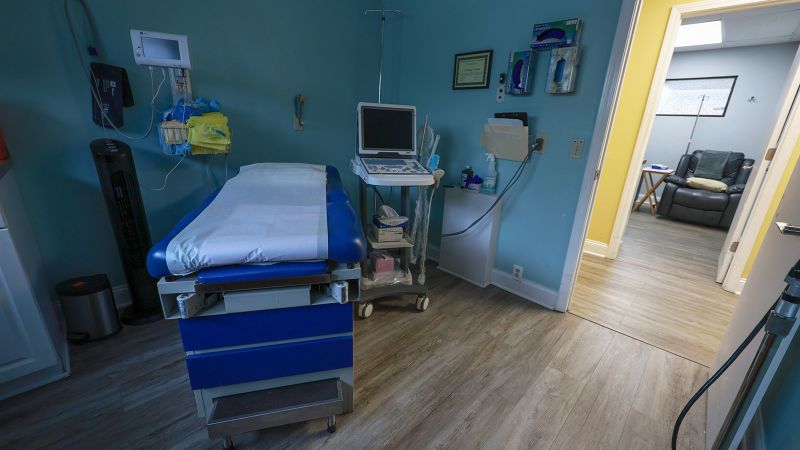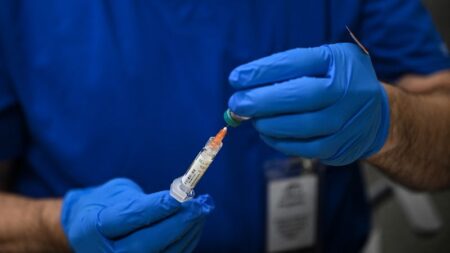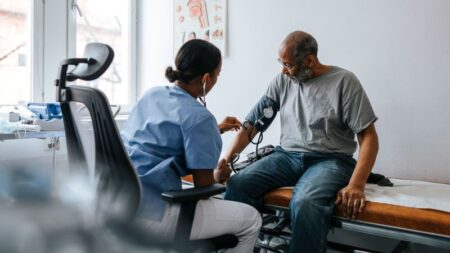In recent years, Houston Women’s Reproductive Services has undergone a significant transformation, shrinking from nearly 5,000 square feet to just 800 square feet. The Texas clinic reduced its staff from over a dozen full-time employees to a medical director and three part-time staff members. While the clinic can no longer provide abortions, it has shifted its focus to broader reproductive health care services in order to remain open.
“We were willing to make whatever sacrifices needed to be made to keep our head above water, just keep the doors open and the lights on, and be able to provide care to these people who desperately need our help,” said clinic administrator Kathy Kleinfeld.
This shift is emblematic of the changes in the country’s abortion landscape since the Supreme Court’s Dobbs decision two years ago. Following the decision, 14 states have implemented near-total bans on abortion, leading to closures of clinics in more than a quarter of US states.
While the total number of facilities providing abortions in the United States has remained relatively stable, with only a couple dozen clinics closing completely, the impact of these closures is significant. States that enacted abortion bans generally had few clinics to begin with, due to hostile regulatory environments that created barriers to providing abortion services.
For example, nearly half of the abortion clinics in Texas closed in 2013 due to strict regulations, leading to further closures after the Dobbs decision. “Having lived through that, I knew all the other clinics – the very few that were left – I knew they were going to close,” said Kleinfeld.
As of 2023, the total number of facilities providing abortions in the US has decreased to about 725. However, the closures of clinics have ripple effects on access to care, particularly in areas where services have already been restricted.
“We need every single abortion clinic in this country. There really aren’t enough for the number of people who need care,” said Nikki Madsen, executive director at Abortion Care Network.
Despite these challenges, some clinics have adapted by shifting their focus to other reproductive health care services or by relocating to states where abortion is still legal. The number of abortion clinics in New Mexico more than doubled post-Dobbs, indicating a strategic shift to accommodate patients from banned states.
As clinics navigate the changing landscape of abortion access in the US, community support and financial resources are crucial to their survival. The future of abortion care remains uncertain, as clinics continue to face obstacles in providing essential reproductive health services.












